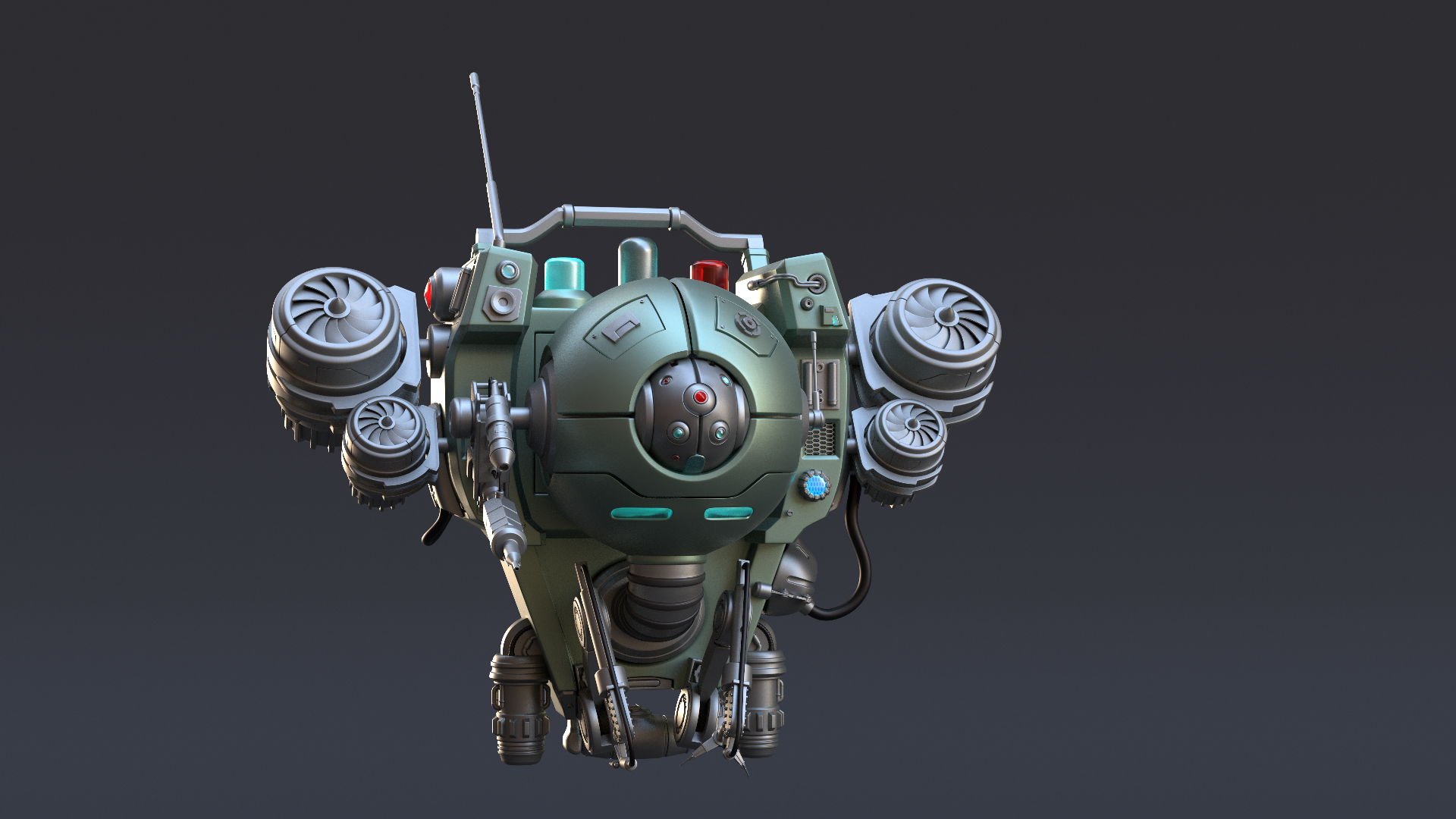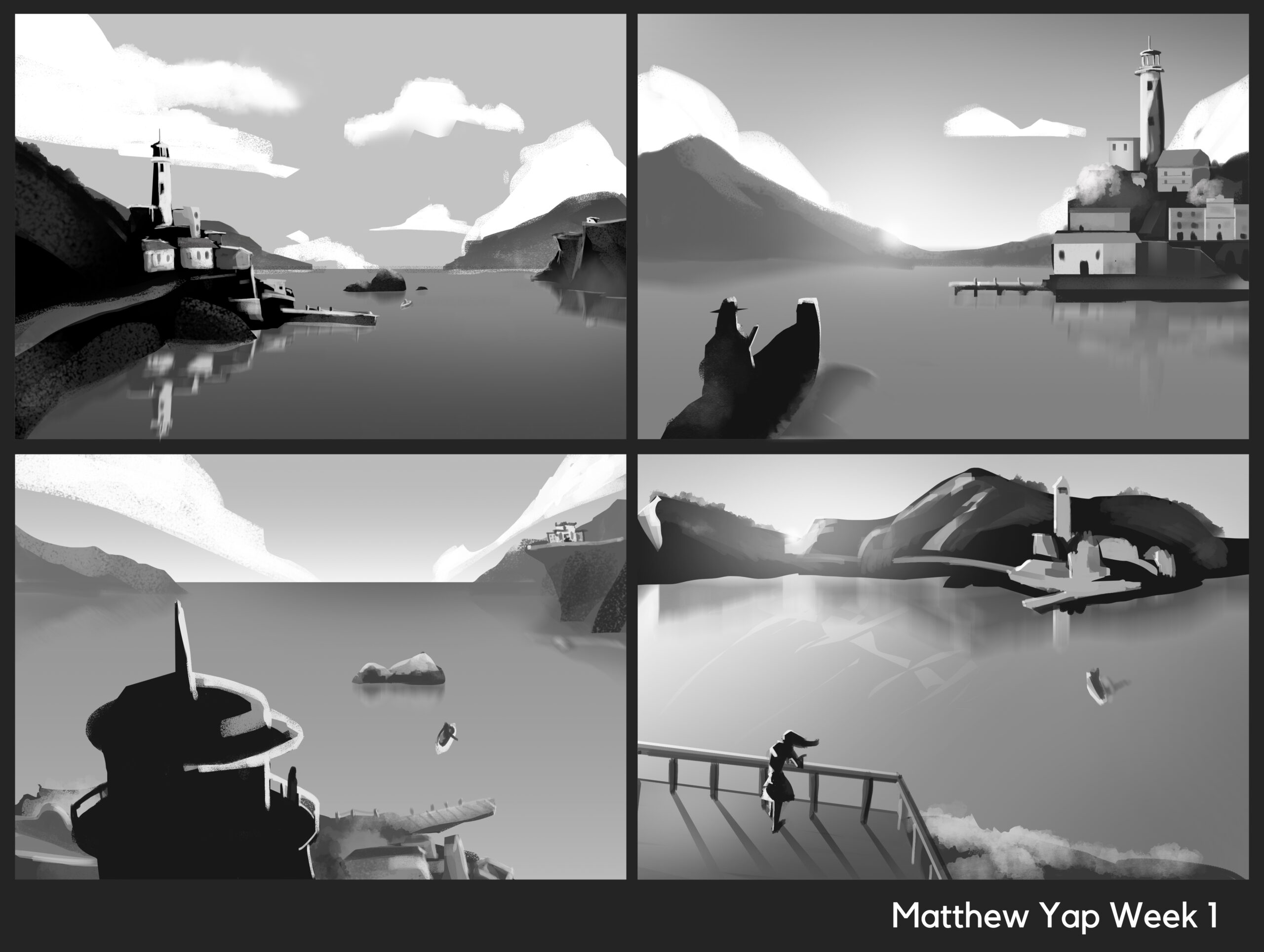What is Hard Surface Modeling?
When it comes to 3D modeling, your model will fall into one of two classifications: organic surfaces and hard surfaces. No matter what you create in your 3D application, it will be either a hard surface or an organic mesh. That sounds pretty simple, right? It’s just two different types of categories.
However, these two categories bring a myriad of different interpretations and distinctions to the model. And, almost every 3D artist defines hard surface vs. organic models differently.


10% OFF COUPON CODE: blog10
In this tutorial, you will get familiar with the A to Z progress of designing, rendering, and composing a sci-fi hard surface character. You will use Zbrush, Keyshot, and Photoshop. Mohammad releases his secret Zbrush hard surface techniques for the first time in this tutorial. Not only you’ll learn how to use certain tools and tricks, You will get lots of sci-fi designing tips! Tips about designing believable, functional, and at the same time a nice looking sci-fi character.
Hard surface modeling
Hard surface modeling is a modeling technique used to model cars, armor, machines, and generally inanimate objects with smooth, static surfaces. This technique is widely used in science fiction and shooter video games because it is ideal for building weapons, robots, armor, machines, and structures.
There is some debate about what constitutes hard surface modeling and what does not. Currently, there is no strict definition of what makes a model a “hard surface”, and it often depends on each person’s own definition. But essentially, with hard surface modeling, you need a smooth geometric mesh with less small details than needed for organic elements such as animals.
A nice difference is that hard surface modeling tends to be applied to rigid bodies, i.e. objects that do not deform (as opposed to organic bodies that are designed to move and flow). However, if you were to model a car, the wheels would also be considered hard surface modeling, even though they are rubber and therefore deformed. That’s because they still have a smooth surface when modeled.
Rendering-wise, hard surface models tend to have contrasting, clean colors, and minimalist settings. But there is no real reason for this. It depends more on the artist’s preference.
Hard Surface Modeling & Organic Modeling
One artist might say that a hard surface model is anything machined and man-made and that an organic object is any living thing, such as a human, animal, plant, etc. Another artist might define it as anything that deforms and animates is considered an organic model.
In your 3D experience, you may have heard many different interpretations of hard surface and organic models. What is the correct difference between a hard surface model and an organic model? It is important to point out that there is no right or wrong way to distinguish between the two.
Nonetheless, as a 3D modeler, you need to have an in-depth understanding of both categories and the techniques involved. As mentioned above, many artists have very different definitions of hard surfaces and organic matter. Just as there is no right or wrong workflow for modeling, everyone works differently, so artists will necessarily define things in different ways.
One obvious difference is that a hard surface is anything machined or man-made. For example, the computer monitor or telephone you are reading this article on would be considered a hard surface. Even the office chair you are sitting in is a hard surface object. Organic modeling is organic. The tree outside, your dog, and you.
Organic models have a smoother flowing shape and few hard edges. When you think of hard surfaces, you think of objects with sharp edges and angular shapes, hence the “hard” in hard surfaces. However, something like a sofa is man-made. Most sofas are not hard, they are built with a flowing topology and have no hard edges. With objects like this, the lines start to become blurred.
Although man-made, it is not a hard surface object due to the way it is constructed. This leads to another distinction between organic and hard surface models, which many artists define as the way the grid is constructed, rather than whether it is man-made or organic. Take a rock, for example, it is an organic object because it exists in nature, but it is by no means soft. Usually, the way the topology flows on the model defines it as a hard surface or an organic surface. For hard surfaces, something like ngons may not be a big deal.
This also leads to another distinction, because hard surfaces and organics are defined by whether the object will be animated and deformed or not. For example, if the asset will be animated, then it is considered organic, and if it is a static object, then it is a hard surface.
For hard surface meshes, topology and edge flow may not be as important an issue, as long as it looks good when rendered. Similar to classifying models by how they are constructed, the properties of a mesh can determine whether it is hard surface or organic.
If a model has smooth curves where the shape transitions smoothly to another model, it means it is organic. Regardless of how you classify your model, the most important thing is that it is constructed correctly. Of course, some people can define a hard surface as being rougher and not needing as clean a topology as organic. But no matter what you are modeling, you need clean topology.
Wingfox is a professional online digital art education platform. Tutorials about hard surface modeling you can find on the platform. If you are interested in this, please don’t hesitate to check out the tutorial that suits you. Welcome to keep following the Wingfox blog.
Create Hard Surface Modeling Motorcycle With 3DS
| INTRODUCTION | For this hard surface course, it’s an epitome of the instructor’s modeling experience for over a decade. As…
Post a Comment
要发表评论,您必须先登录。













Pingback: 6 High-Quality Textures Sites (Free & Paid) - Wingfox
2022-04-01Pingback: What is Hard Surface Modeling? | art design | ...
2022-04-02